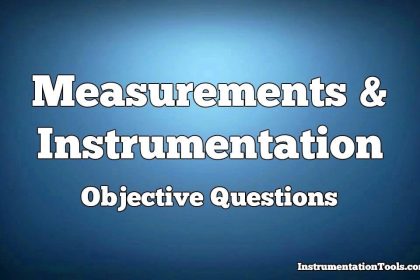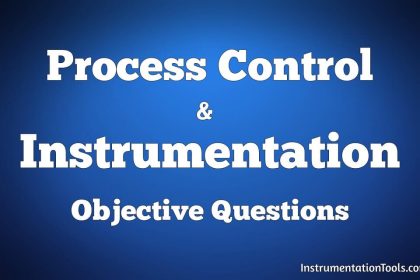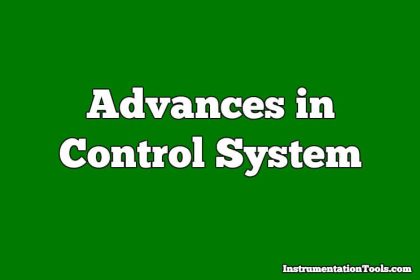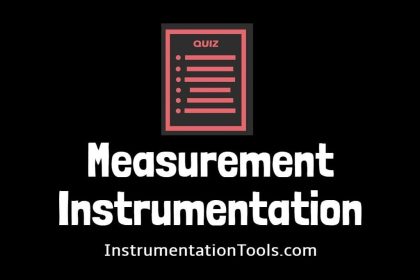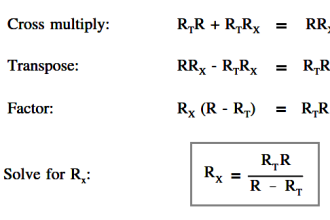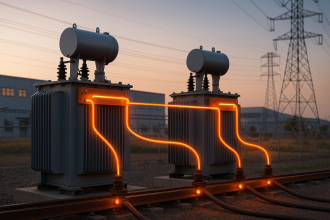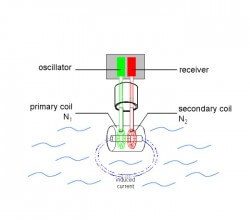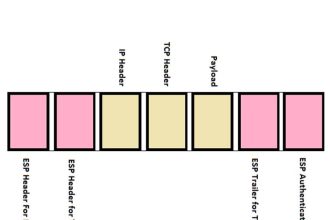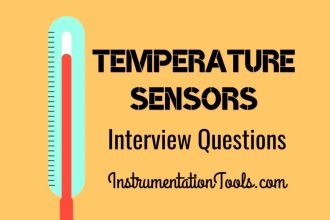We provide you the latest 150 quiz questions and answers on the Pumps used in the process control industries.
Pumps Quiz
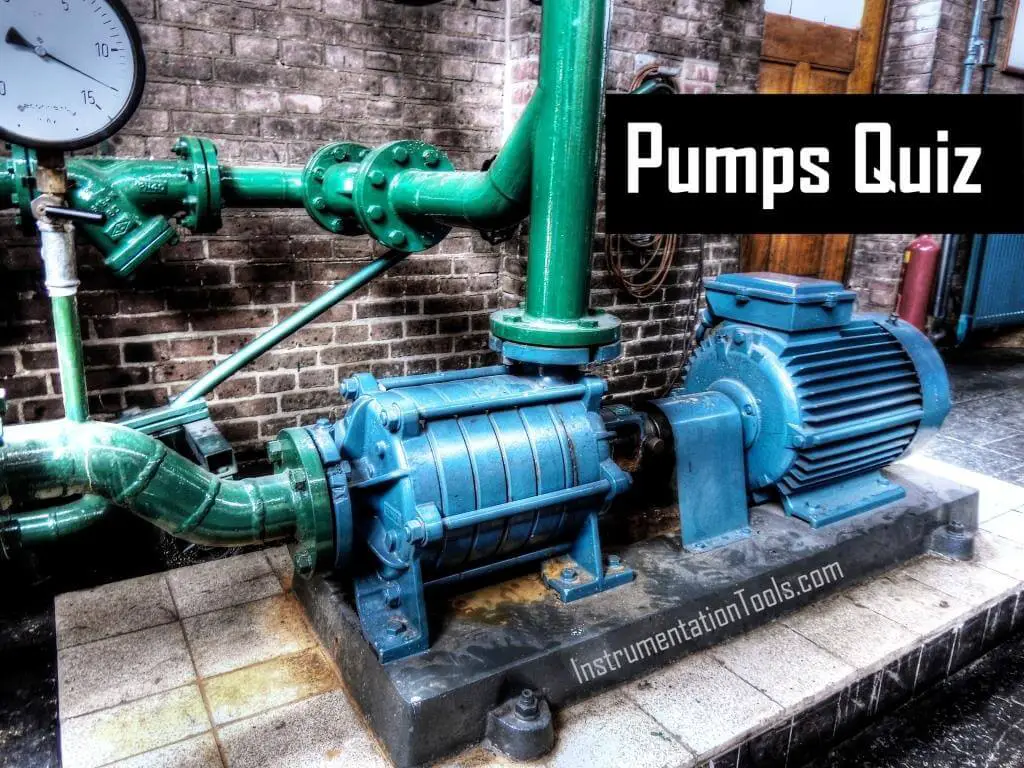
Find the sample 25 questions from the valve quiz. Click on the below start button to get complete 150+ questions with answers.
Question 1:
Which one of the following would result from operating a motor-driven radial-flow centrifugal pump in a water system for an extended period with the discharge valve shut and no recirculation flow?
A) No pump damage, but the motor will overspeed and the motor bearings may fail.
B) No motor damage, but the pump will overspeed and may be damaged.
C) No motor damage, but the pump will overheat and may be damaged.
D) No pump damage, but the motor windings will draw excessive current and may fail.
Question 2:
When a centrifugal pump is operating at shutoff head, it is pumping at __________ capacity and __________ discharge head.
A) minimum; minimum
B) minimum; maximum
C) maximum; maximum
D) maximum; minimum
Question 3:
A typical single-stage radial-flow centrifugal pump is being returned to service following maintenance on its three-phase AC induction motor.
Which one of the following will occur when the pump is started if two of the three motor power leads were inadvertently swapped during restoration?
A) The pump will rotate in the reverse direction with reduced or no flow rate.
B) The pump will rotate in the normal direction with reduced flow rate.
C) The motor breaker will trip on instantaneous overcurrent.
D) The motor will not turn and will emit a humming sound.
Question 4:
Pump cavitation occurs when vapor bubbles are formed at the eye of a pump impeller…
A) when the localized flow velocity exceeds sonic velocity for the existing fluid temperature.
B) when the localized pressure exceeds the vapor pressure for the existing fluid temperature.
C) and enter a high pressure region of the pump where they collapse, causing damaging pressure pulsations.
D) and are discharged from the pump where they collapse in downstream piping, causing damaging pressure pulsations.
Question 5:
Shutting the discharge valve on an operating motor-driven radial-flow centrifugal pump in a water system will cause the motor amps to __________ and the pump discharge pressure to __________.
A) increase, decrease
B) decrease, decrease
C) increase, increase
D) decrease, increase
Question 6:
A motor-driven centrifugal pump with no recirculation flow path must be stopped when discharge pressure reaches the pump shutoff head to prevent…
A) bursting of the pump casing.
B) overheating of the pump.
C) water hammer in downstream lines.
D) overheating of the motor.
Question 7:
A centrifugal pump is taking suction on a water storage tank and discharging through a flow control valve.
The pump will have the highest net positive suction head requirement if the pump is operated at a __________ speed with a __________ discharge flow control valve.
A) high; fully open
B) low; fully open
C) low; throttled
D) high; throttled
Question 8:
An increase in positive displacement pump speed will cause the available net positive suction head for the pump to…
A) decrease, due to the increase in fluid flow rate.
B) increase, due to the increase in fluid flow rate.
C) decrease, due to the increase in fluid discharge pressure.
D) increase, due to the increase in fluid discharge pressure.
Question 9:
A variable-speed centrifugal fire water pump is taking a suction on an open storage tank and discharging through a 4-inch diameter fire hose and through a nozzle located 50 feet above the pump.
Which one of the following will cause the pump to operate at shutoff head?
A) The fire hose is replaced with a 6-inch diameter fire hose.
B) Pump speed is increased until steam formation at the eye of the pump prevents pump flow.
C) Pump speed is decreased until pump discharge pressure is insufficient to cause flow.
D) The fire hose is replaced with a 2-inch diameter fire hose.
Question 10:
A centrifugal pump is operating normally in an open system.
If the pump recirculation valve is opened farther, pump discharge pressure will __________; and pump flow rate will __________.
A) increase; increase
B) increase; decrease
C) decrease; increase
D) decrease; decrease
Question 11:
When starting an AC motor-driven centrifugal pump, the response of motor current will be…
A) low starting amps, increasing to a higher equilibrium value of running amps.
B) high starting amps, remaining at a high equilibrium value of running amps.
C) low starting amps, remaining at a low equilibrium value of running amps.
D) high starting amps, decreasing to a lower equilibrium value of running amps.
Question 12:
Which one of the following contains symptoms associated with cavitation in an operating centrifugal pump?
A) Steadily increasing discharge pressure.
B) Decreased pump and motor temperature.
C) Decreased motor current and pump speed.
D) Increased noise and vibration.
Question 13:
A motor-driven centrifugal pump is operating in an open system with its discharge valve throttled to 50 percent.
How will the pump be affected if the discharge valve is fully opened?
A) Total developed head decreases, and motor current decreases.
B) Total developed head increases, and available net positive suction head decreases.
C) Available net positive suction head decreases, and pump differential pressure decreases.
D) The potential for pump cavitation decreases, and pump differential pressure decreases.
Question 14:
The presence of air in a pump casing may result in __________ when the pump is started.
A) pump overspeed
B) gas binding
C) vortexing
D) pump runout
Question 15:
Which one of the following describes the proper location for a relief valve that will be used to prevent exceeding the design pressure of a positive displacement pump and associated piping?
A) On the pump discharge piping upstream of the discharge isolation valve.
B) On the pump discharge piping downstream of the discharge isolation valve.
C) On the pump suction piping upstream of the suction isolation valve.
D) On the pump suction piping downstream of the suction isolation valve.
Question 16:
Which one of the following describes a reason for designing centrifugal pumps with suction nozzles that are larger than their discharge nozzles?
A) Increases the differential pressure across the pump by decreasing pump head loss.
B) Increases total pump head by increasing the velocity head at the suction of the pump.
C) Increases pump capacity by decreasing turbulence at the suction of the pump.
D) Increases pump available net positive suction head by decreasing head loss at the pump suction.
Question 17:
Which one of the following is an effective method for ensuring that a centrifugal pump remains primed and does not become gas bound during pump operation and after pump shutdown?
A) Install an orifice plate in the discharge piping of the pump.
B) Install the pump below the level of the suction supply.
C) Install a check valve in the discharge piping of the pump.
D) Install a pump recirculation line from the pump discharge piping to the pump suction piping
Question 18:
When starting a positive displacement pump, why must the pump discharge valve be fully open?
A) Ensures integrity of the pump and system piping.
B) Prevents pump cavitation.
C) Reduces motor starting current.
D) Minimizes the potential for water hammer.
Question 19:
Operating a motor-driven centrifugal pump for an extended period of time under no flow conditions will cause…
A) pump failure from overheating.
B) pump failure from overspeed.
C) motor failure from overheating.
D) motor failure from overspeed.
Question 20:
Which one of the following operations in a closed system will cause a decrease in the available net positive suction head for a centrifugal pump?
A) Throttling open the pump suction valve.
B) Decreasing the inlet fluid temperature.
C) Throttling open the pump discharge valve.
D) Increasing the pump discharge pressure.
Question 21:
If a centrifugal pump is started with the discharge valve fully open versus throttled, the possibility of pump runout will __________; and the possibility of pump cavitation will __________.
A) increase; decrease
B) decrease; increase
C) decrease; decrease
D) increase; increase
Question 22:
A flow-limiting venturi in the discharge piping of a centrifugal pump decreases the potential for the pump to experience…
A) shutoff head.
B) runout.
C) reverse flow.
D) water hammer.
Question 23:
Which one of the following is an indication of pump cavitation?
A) Pump motor amps are pegged high.
B) Pump discharge pressure indicates shutoff head.
C) Pump discharge pressure indicates zero.
D) Pump motor amps are fluctuating.
Question 24:
Some large centrifugal pumps are started with their discharge valves closed to prevent…
A) cavitation in the pump.
B) excessive current in the pump motor.
C) loss of recirculation (mini flow).
D) lifting the discharge relief valve.
Question 25:
A positive displacement pump should be started with its suction valve __________ and its discharge valve __________.
A) fully open; throttled
B) throttled; throttled
C) fully open; fully open
D) throttled; fully open
Click on the below button to launch the Pumps Quiz.
Answers available in the Quiz.



